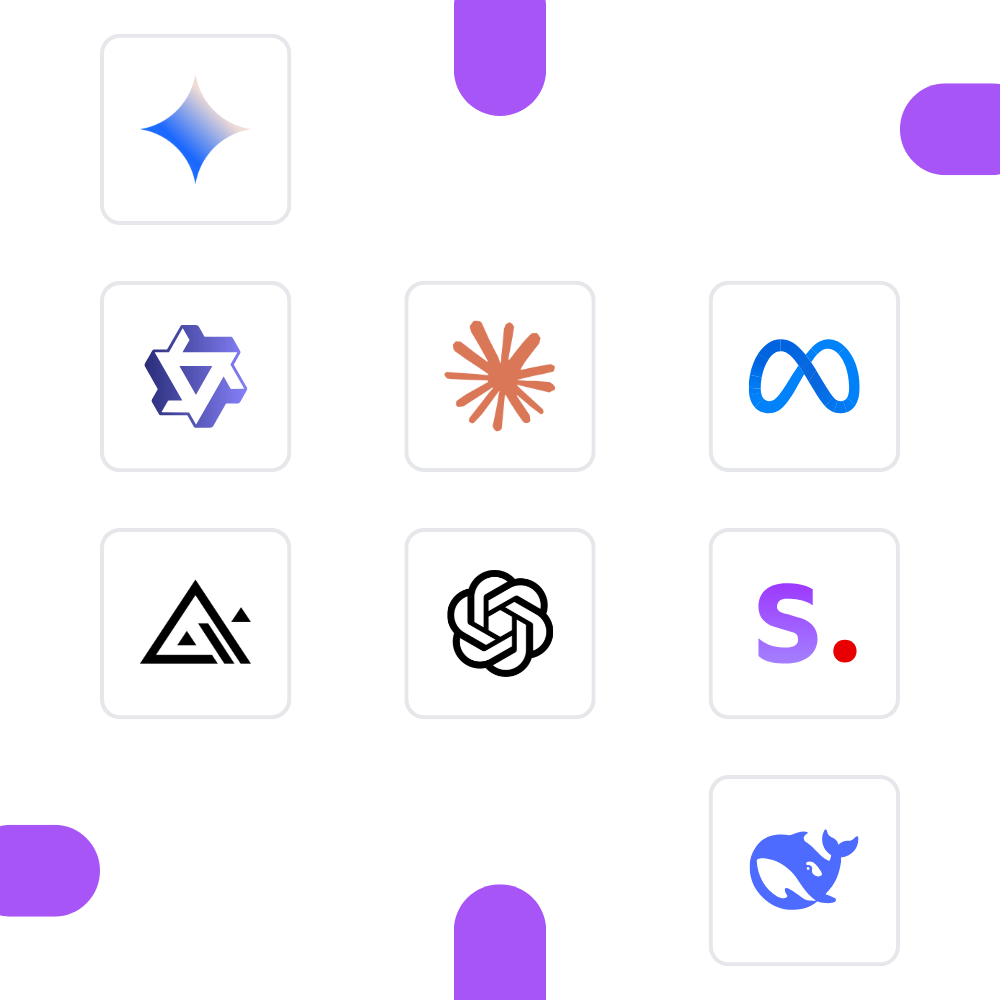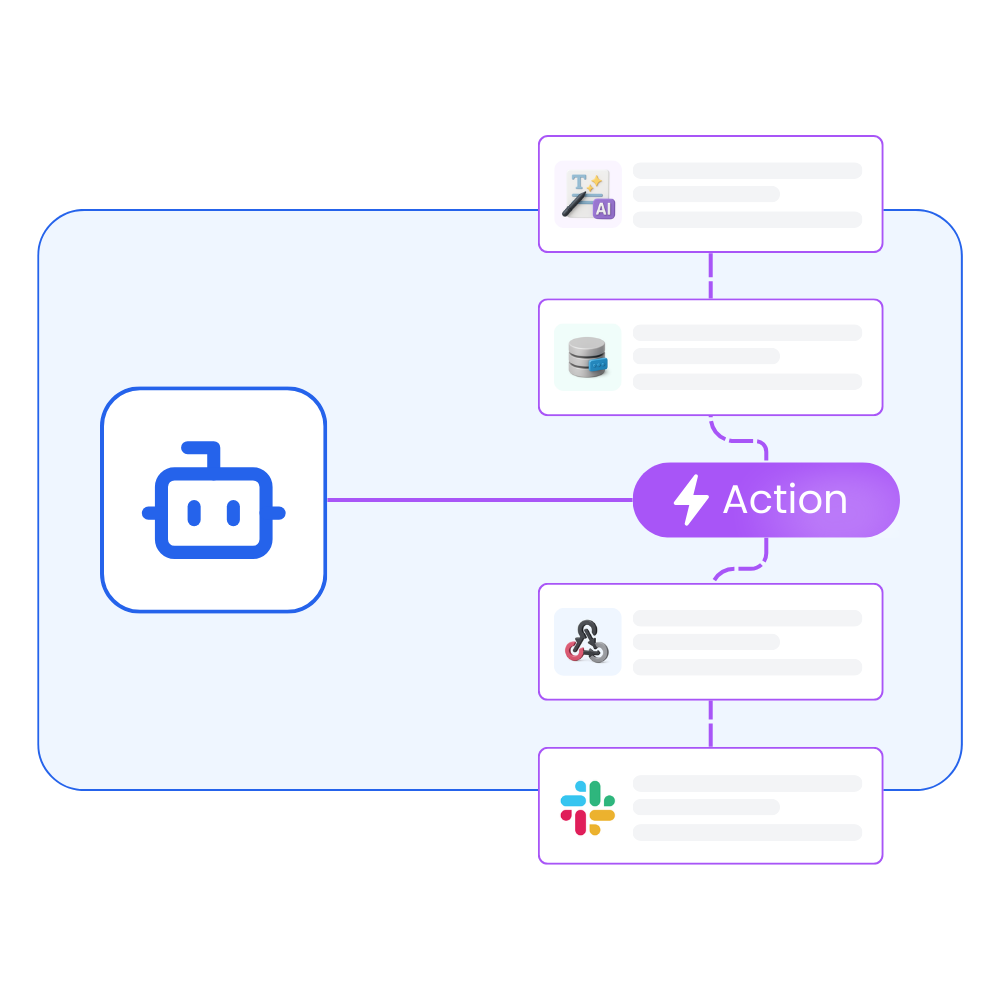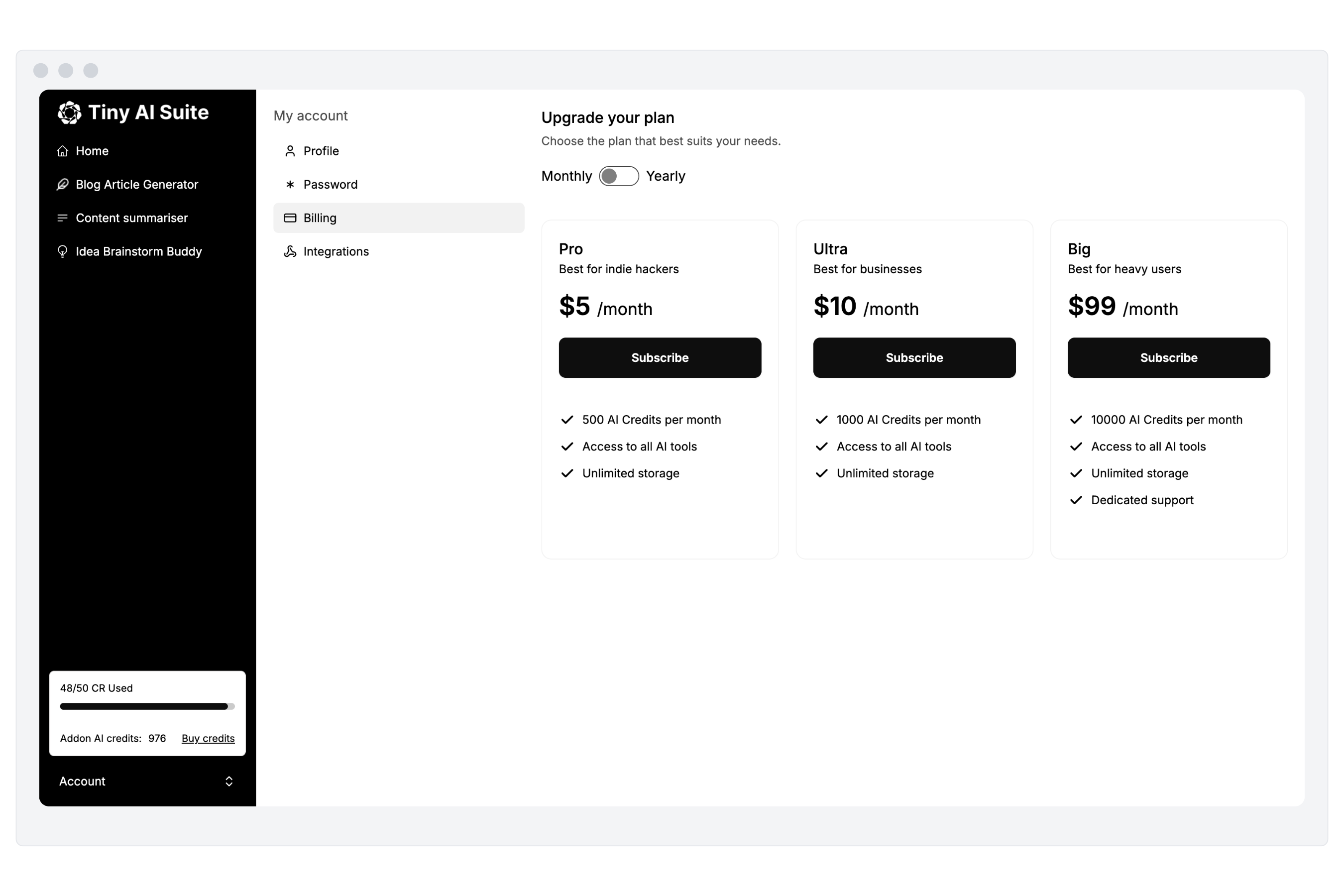GPT-5 Nano vs GPT-4o Audio
Compare GPT-5 Nano and GPT-4o Audio. Find out which one is better for your use case.
Model Comparison
| Feature | GPT-5 Nano | GPT-4o Audio |
|---|---|---|
| Provider | OpenAI | OpenAI |
| Model Type | text | audio |
| Context Window | 400,000 tokens | 128,000 tokens |
| Input Cost | $0.05 / 1M tokens | $2.50 / 1M tokens |
| Output Cost | $0.40 / 1M tokens | $10.00 / 1M tokens |
Strengths & Best Use Cases
GPT-5 Nano
1. Extremely fast performance
- Fastest model in the GPT-5 family.
- Great for real-time workflows, rapid responses, and high-throughput systems.
2. Most cost-efficient GPT-5 model
- Lowest input and output token costs.
- Suitable for large-scale or budget-sensitive applications.
3. Ideal for lightweight, well-scoped tasks
- Excels at summarization, classification, text extraction, and simple logic tasks.
- Best used when tasks are narrow and well-defined.
4. Multimodal input
- Accepts text + image as input.
- Outputs text only.
5. Broad tool support
- Supports Web Search, File Search, Image Generation (as a tool), Code Interpreter, and MCP.
- (Does not support Computer Use.)
GPT-4o Audio
1. True multimodal audio model
- Accepts raw audio as input and produces audio or text as output.
- Enables hands-free, voice-first app experiences.
2. Natural real-time speech interaction
- Low-latency audio generation suitable for conversational agents.
- Great for voice assistants, phone bots, and interactive voice UI.
3. Large 128K context window
- Supports long conversations, call transcripts, instructions, or multi-part interactions.
- Ideal for building persistent voice agents or phone workflows.
4. High-output capacity
- Up to 16,384 max output tokens for extended responses or long explanations.
- Suitable for complex reasoning tasks in voice format.
5. Hybrid text + audio workloads
- Combine audio input/output with text prompts, instructions, or structured control.
- Useful for customer support bots, spoken form systems, IVR replacements, etc.
6. Compatible with the latest APIs
- Works with Chat Completions, Responses API, Realtime API, and Assistants.
- Supports streaming, function calling, and advanced developer tooling.
7. Strong performance for a preview model
- High reasoning and expression abilities relative to most audio-capable models.
- Designed for production-style experimentation prior to full release.
8. Ideal for next-gen voice applications
- Build lifelike AI agents, interview bots, tutoring systems, and spoken knowledge tools.
- Perfect for startups building audio-first user experiences.
Turn your AI ideas into AI products with the right AI model
Appaca is the complete platform for building AI agents, automations, and customer-facing interfaces. No coding required.

Customer-facing Interface
Create and style user interfaces for your AI agents and tools easily according to your brand.

Multimodel LLMs
Create, manage, and deploy custom AI models for text, image, and audio - trained on your own knowledge base.

Agentic workflows and integrations
Create a workflow for your AI agents and tools to perform tasks and integrations with third-party services.
Trusted by incredible people at
All you need to launch and sell your AI products with the right AI model
Appaca provides out-of-the-box solutions your AI apps need.
Monetize your AI
Sell your AI agents and tools as a complete product with subscription and AI credits billing. Generate revenue for your busienss.


“I've built with various AI tools and have found Appaca to be the most efficient and user-friendly solution.”

Cheyanne Carter
Founder & CEO, Edubuddy
Put your AI idea in front of your customers today
Use Appaca to build and launch your AI products in minutes.